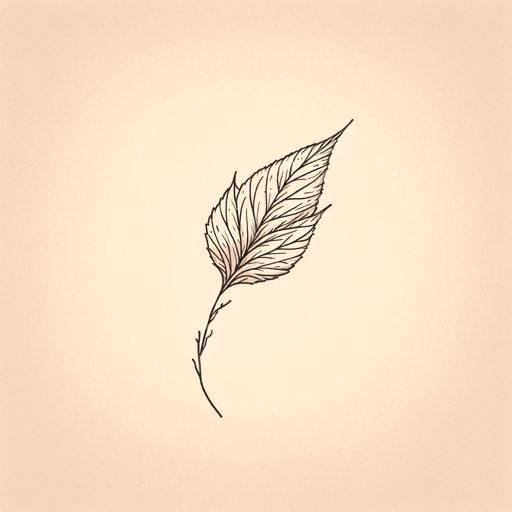24 pages • 48 minutes read
O. HenryThe Last Leaf
Fiction | Short Story | Adult | Published in 1907A modern alternative to SparkNotes and CliffsNotes, SuperSummary offers high-quality Study Guides with detailed chapter summaries and analysis of major themes, characters, and more.
Summary and Study Guide
Summary: “The Last Leaf”
The American author William Sydney Porter, who adopted the pseudonym “O. Henry” while living in Austin, TX, was a prolific writer of over 300 short stories. Henry published his first short story in 1899 and continued writing until his death in 1910. In 1919, an American award for excellent short stories was established in his name; as of 2023, it still awarded annually. Born in 1862, Henry was caught between the movements of Realism and Naturalism; his trademark is an ironic or twist ending.
Henry’s short story “The Last Leaf,” which would eventually appear in his collection The Trimmed Lamp and Other Stories (1907), was first published in 1905. Set in the early 1900s in the arts community of Greenwich Village, a crowded area of New York where struggling artists congregated, “The Last Leaf” represents a frequent setting in many of Henry’s stories. Henry lived in New York for several years, and his characters and their plights often reflect the lives of ordinary people in the state. In line with Henry’s style, “The Last Leaf” is written in third person omniscient and uses a good deal of dialogue. This guide references the edition of “The Last Leaf” in the American English collection O. Henry’s The Gift of the Magi and Other Stories.
The short story opens with a brief introduction of Greenwich Village. Per the narrator, the streets in the area are badly tangled. The confusing layout could, hypothetically, benefit a painter who owed someone money for paints, as nobody could ever hope to find him. Because the area offers affordable rooms with good light, many painters live here.
Two such painters are Sue, from Maine, and Johnsy, from California. The two women met in spring and, given their mutual interests, began living together. However, as winter approaches, a dangerous stranger arrives: pneumonia. Though the tight streets of Greenwich Village slow its spread, Johnsy nonetheless contracts it, leaving her bedridden. In private, out in the hall, the doctor insists to Sue that though Johnsy might live, she doesn’t seem to want to live. He presses Sue about anything that might be troubling Johnsy—when Sue cannot produce an adequate answer (given there is no man in Johnsy’s life), the doctor instructs her to try getting Johnsy interested in the future, as that may improve Johnsy’s odds.
Sue has a brief cry in the workroom, but she then gathers herself and carries her paint supplies into Johnsy’s room while singing. As Sue begins to work, Johnsy starts quietly counting down while gazing listlessly out the window. All Sue can see is the old tree that grows against the windowless wall of the neighboring house. When Sue asks, Johnsy tells her that for the last three days, she has known that when the tree’s last leaf falls, she will die. Sue tries to dismiss the claim, but Johnsy is undeterred, noting that there are now only four remaining—Johnsy plans to watch the last one go before night. Distressed, Sue gets Johnsy to lie back, claiming she needs the light from the window for her painting, which must be ready tomorrow. Sue then asks Johnsy to sleep while she fetches their neighbor, Mike Behrman, to model for her.
Behrman, a failed painter now in his 60s who dreams of painting a masterpiece, is especially committed to Sue and Johnsy. Sue finds him drunk. Behrman, deeply upset at her news, rails against Johnsy’s belief about the last leaf, insists he won’t come, then promptly insists he was coming all along when Sue accuses him of being mean. Upstairs, as Johnsy sleeps, Sue covers her window. Then, in another room, through most of the night, as a mix of rain and snow fall, Behrman sits while Sue paints.
The next morning, Johnsy asks for the shade to be opened, only for the women to find a single leaf remaining despite the rain and wind all night. All day, then all night as rain falls and winds blow again, the leaf remains. Finally, Johnsy apologizes, viewing the leaf as a lesson that “it is wrong to want to die” (17). Johnsy consents to eat and resurrects her future dream of painting the Bay of Naples.
That afternoon, the doctor confirms to Sue that Johnsy’s chances are now good—though old Behrman will certainly die, his pneumonia bad enough to warrant the hospital. The next day, the doctor clears Johnsy, though that same afternoon, Sue breaks the news to Johnsy that Behrman has indeed died.
However, Sue explains that when Behrman was found in his room, his clothes and shoes were soaked and freezing. In addition, there was a light next to him, as well as painting materials—green and yellow paint. Sue prompts Johnsy to look out the window, where the single stalwart leaf remains, and asks, “Didn’t you wonder why it never moved when the wind was blowing?” (17). The leaf is Behrman’s masterpiece at last. He painted it the same night that the last leaf fell.
Related Titles
By O. Henry
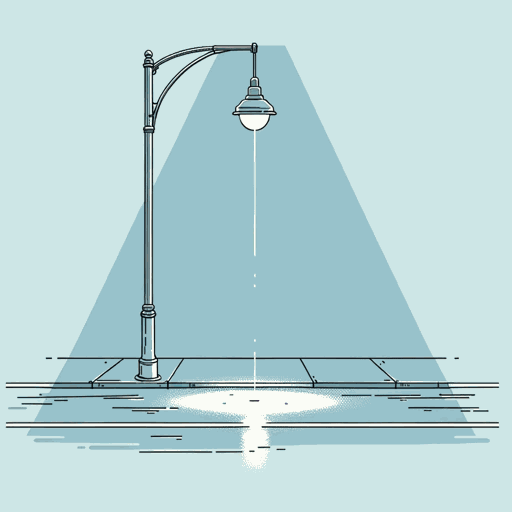
After Twenty Years
O. Henry

A Municipal Report
O. Henry

A Retrieved Reformation
O. Henry

Mammon and the Archer
O. Henry

One Thousand Dollars
O. Henry
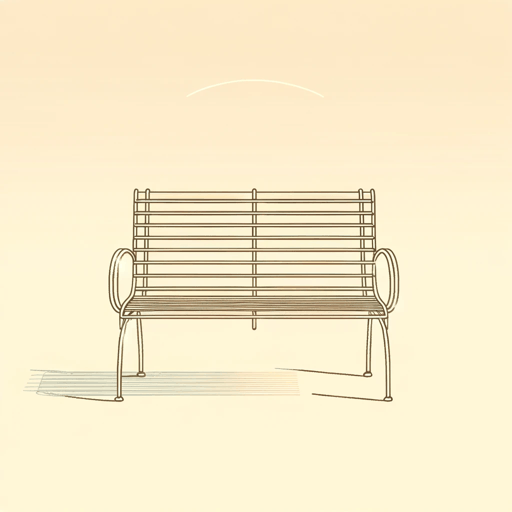
The Cop and the Anthem
O. Henry
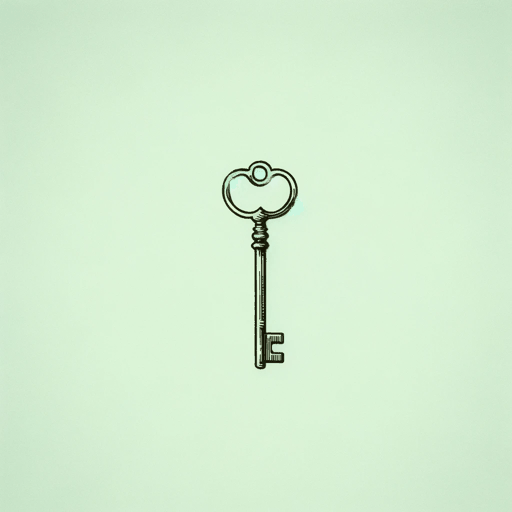
The Furnished Room
O. Henry
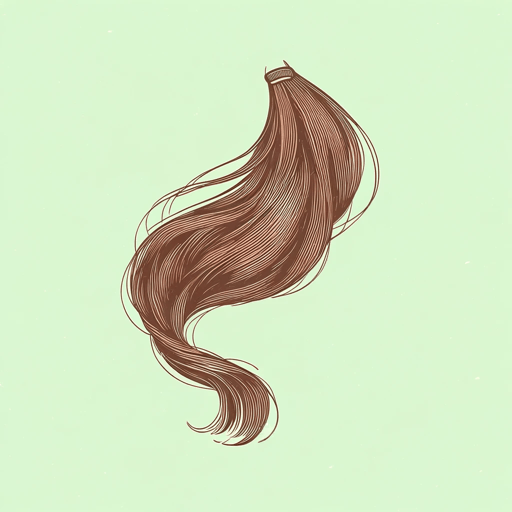
The Gift of the Magi
O. Henry
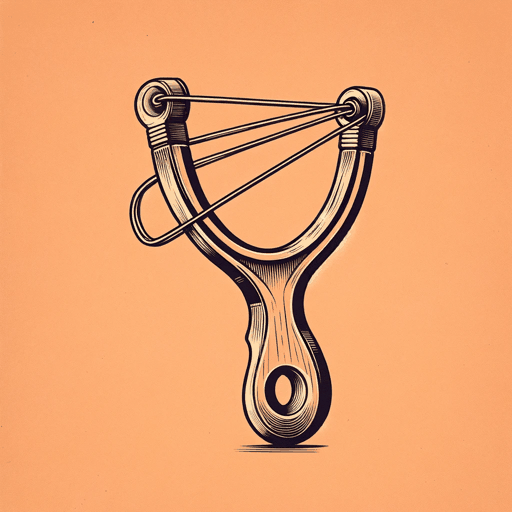
The Ransom of Red Chief
O. Henry
